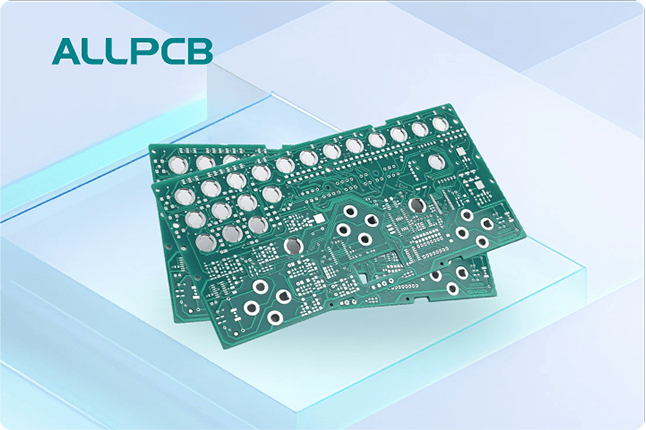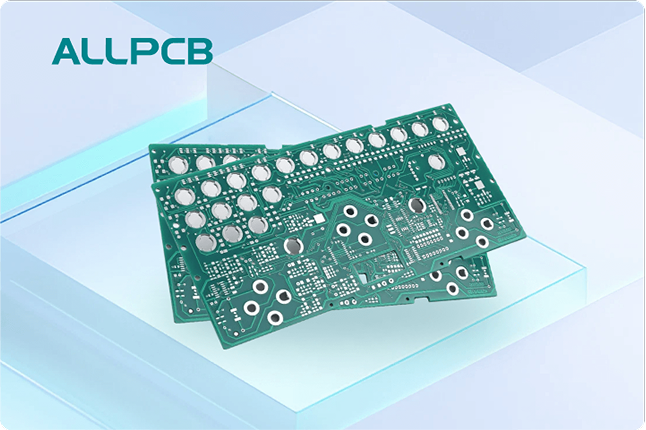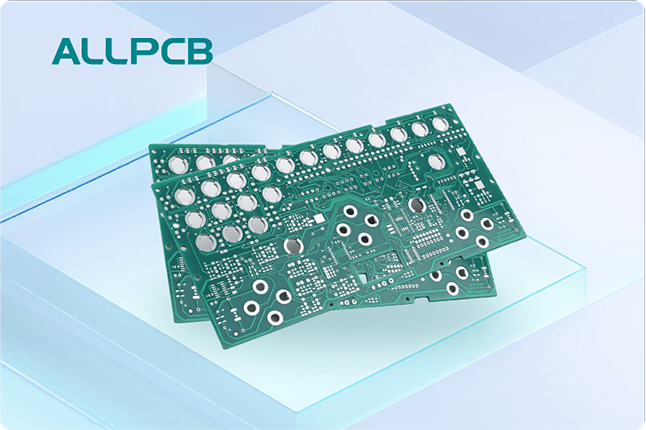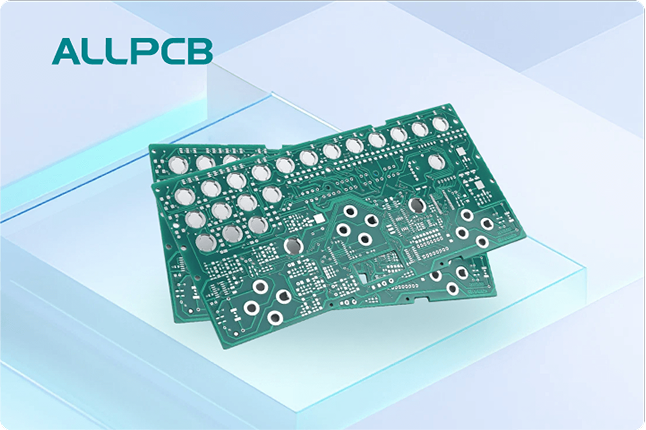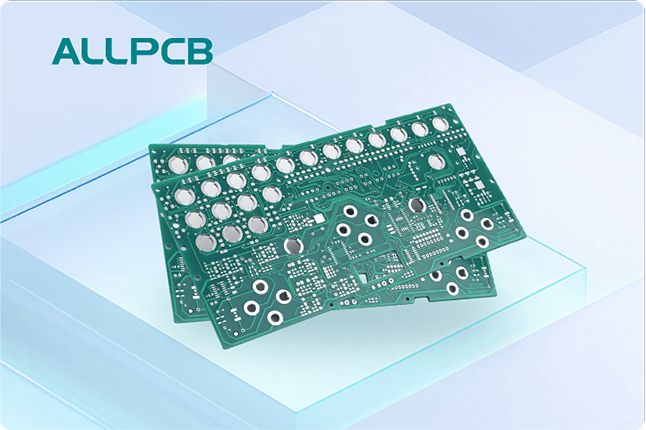In the fast-paced world of electronics manufacturing, ensuring the quality and reliability of printed circuit boards (PCBs) is critical. One of the most effective ways to achieve this is through ICT automation. But what exactly are the benefits of ICT automation? Simply put, ICT automation, or In-Circuit Testing automation, significantly improves testing speed and enhances testing accuracy in PCB manufacturing. By automating PCB testing with advanced ICT machines, manufacturers can achieve faster production cycles, reduce human error, and ensure consistent quality across batches.
In this comprehensive guide, we’ll dive deep into how ICT automation transforms the testing process, why it’s a game-changer for improving testing speed and enhancing testing accuracy, and how it benefits the electronics industry as a whole. Whether you’re an engineer, a production manager, or a business owner in the PCB industry, this post will provide valuable insights into automating PCB testing with ICT machines.
What is ICT Automation and Why Does It Matter?
ICT, or In-Circuit Testing, is a method used to test the functionality of individual components and connections on a PCB. It checks for issues like short circuits, open circuits, incorrect component values, and soldering defects. Traditionally, this process involved manual testing or semi-automated systems, which were time-consuming and prone to errors. ICT automation takes this process to the next level by using advanced ICT machines and software to perform tests with minimal human intervention.
The importance of ICT automation lies in its ability to streamline the testing phase of PCB production. With the increasing complexity of electronic devices and the demand for faster production, automating PCB testing is no longer optional—it’s a necessity. By leveraging ICT automation, manufacturers can meet tight deadlines, maintain high-quality standards, and reduce costs associated with defective products.
Key Benefits of ICT Automation in PCB Testing
ICT automation offers a wide range of advantages for PCB manufacturers. Below, we explore the most impactful benefits, focusing on improving testing speed and enhancing testing accuracy.
1. Improving Testing Speed with ICT Automation
One of the standout benefits of ICT automation is its ability to drastically improve testing speed. In high-volume PCB production, time is of the essence. Manual or semi-automated testing methods can take minutes or even hours to test a single board, especially when dealing with complex designs. ICT automation changes the game by enabling rapid testing cycles.
For instance, a modern ICT machine can test hundreds of test points on a PCB in just a few seconds. This speed is achieved through pre-programmed test sequences and automated probes that quickly measure parameters like resistance, capacitance, and voltage. In a production run of 10,000 units, reducing testing time per board from 5 minutes to 5 seconds can save hundreds of hours, allowing manufacturers to meet tight deadlines and scale operations efficiently.
Additionally, ICT automation supports batch testing. Multiple boards can be tested simultaneously or in quick succession without the need for manual setup between tests. This capability is especially valuable for industries like consumer electronics, where high output is critical.
2. Enhancing Testing Accuracy with Automated Systems
Accuracy is just as important as speed in PCB testing. A single defect, such as a misaligned component or a faulty solder joint, can lead to product failure, costly recalls, or safety hazards. ICT automation excels in enhancing testing accuracy by eliminating human error and ensuring consistent results.
Automated ICT machines use precise measurement tools to detect even the smallest deviations in electrical properties. For example, they can measure resistance values down to fractions of an ohm (e.g., 0.01 Ω) and identify capacitance discrepancies as small as a few picofarads (pF). This level of precision is nearly impossible to achieve with manual testing, where fatigue or oversight can lead to missed defects.
Moreover, ICT automation ensures repeatability. Every board is tested using the same parameters and conditions, reducing variability in results. This consistency is crucial for industries like automotive and medical electronics, where reliability and adherence to strict standards are non-negotiable.
3. Reducing Costs Through Efficiency and Error Prevention
Beyond speed and accuracy, ICT automation also helps manufacturers save money. While the initial investment in an ICT machine may seem high, the long-term benefits outweigh the costs. Automated testing reduces labor expenses by minimizing the need for manual operators. It also cuts down on rework and scrap costs by catching defects early in the production process.
For example, detecting a short circuit during the testing phase is far less expensive than discovering it after the product has been assembled or shipped to customers. Early defect detection can save thousands of dollars per batch, especially in large-scale production runs. Additionally, faster testing cycles mean quicker turnaround times, allowing manufacturers to take on more projects and boost revenue.
4. Scalability for High-Volume Production
As demand for electronic products continues to grow, manufacturers need testing solutions that can scale with their production needs. ICT automation is designed for scalability. Whether you’re producing 100 or 100,000 PCBs, an ICT machine can handle the workload without compromising speed or accuracy.
Advanced ICT systems also come with software that allows for easy customization of test programs. This means manufacturers can quickly adapt to new PCB designs or testing requirements without significant downtime. For businesses looking to expand, ICT automation provides the flexibility and reliability needed to stay competitive.
How ICT Automation Works: A Closer Look at the Process
To fully appreciate the benefits of ICT automation, it’s helpful to understand how it works. The process begins with designing a test fixture, often called a “bed of nails,” which connects the ICT machine to specific test points on the PCB. These test points correspond to components and circuits that need to be evaluated.
Once the PCB is placed in the fixture, the ICT machine runs a series of automated tests based on a pre-programmed sequence. These tests measure electrical properties like resistance, capacitance, and inductance, as well as check for continuity and shorts. The machine compares the results against expected values and flags any discrepancies as defects.
The entire process is controlled by software, which not only executes the tests but also logs data for quality assurance and troubleshooting. Some advanced ICT machines can even integrate with other automated systems in the production line, creating a seamless workflow from assembly to testing.
Challenges of ICT Automation and How to Overcome Them
While ICT automation offers numerous benefits, it’s not without challenges. Understanding these hurdles and how to address them can help manufacturers maximize the value of automating PCB testing.
1. High Initial Investment
The cost of purchasing and setting up an ICT machine can be significant, especially for small or medium-sized businesses. However, this challenge can be mitigated by focusing on long-term savings. Manufacturers should calculate the return on investment (ROI) by factoring in reduced labor costs, fewer defects, and faster production cycles.
2. Complexity in Test Fixture Design
Designing a test fixture for a specific PCB can be time-consuming and requires technical expertise. To overcome this, manufacturers can work with experienced partners who specialize in creating custom fixtures tailored to their needs. Reusable or modular fixtures can also reduce costs for future projects.
3. Adapting to Evolving Designs
As PCB designs become more complex with smaller components and higher densities, ICT machines must keep up. Investing in modern systems with upgradable software and hardware ensures that the equipment remains relevant even as technology advances.
Why Choose ICT Automation for Your PCB Testing Needs?
In today’s competitive electronics market, staying ahead requires adopting cutting-edge solutions like ICT automation. By improving testing speed, enhancing testing accuracy, and reducing costs, automating PCB testing with ICT machines gives manufacturers a significant edge. It ensures that products meet the highest quality standards while keeping up with the demands of high-volume production.
For industries where precision and reliability are paramount—such as aerospace, medical devices, and automotive—ICT automation is not just a tool; it’s a strategic asset. It enables manufacturers to deliver flawless products to customers, build trust, and maintain a strong reputation in the market.
Future Trends in ICT Automation
The field of ICT automation is constantly evolving, with new technologies shaping the future of PCB testing. One emerging trend is the integration of artificial intelligence (AI) and machine learning into ICT systems. These technologies can analyze test data in real time, predict potential defects, and optimize testing processes for even greater efficiency.
Another trend is the move toward fully automated production lines, where ICT machines communicate with other equipment like pick-and-place machines and soldering systems. This level of integration minimizes human involvement and creates a more streamlined manufacturing process.
Conclusion: Embrace ICT Automation for Better PCB Testing
ICT automation is revolutionizing the way PCB testing is conducted, offering unparalleled benefits in terms of speed, accuracy, and efficiency. By automating PCB testing with advanced ICT machines, manufacturers can keep up with the demands of modern electronics production while ensuring the highest quality standards. From improving testing speed to enhancing testing accuracy, the advantages of ICT automation are clear and impactful.
If you’re looking to optimize your production process and deliver reliable, high-quality PCBs, consider integrating ICT automation into your workflow. It’s an investment that pays off in faster turnarounds, fewer defects, and satisfied customers. Stay ahead of the curve by embracing this powerful technology and unlocking the full potential of your manufacturing capabilities.
 ALLPCB
ALLPCB



